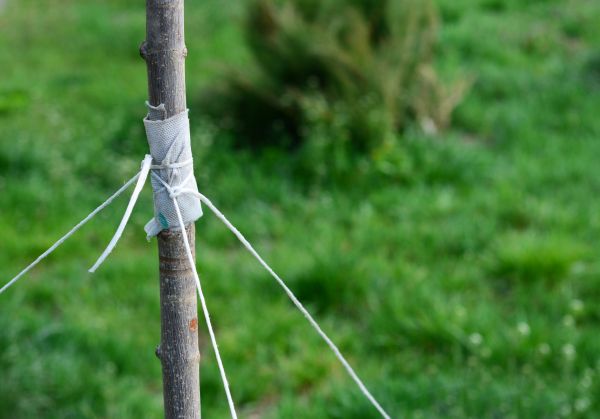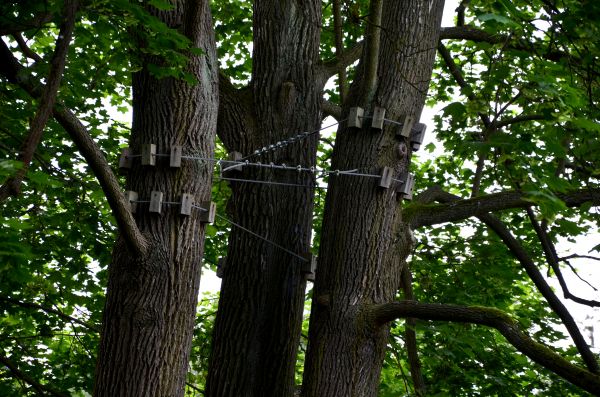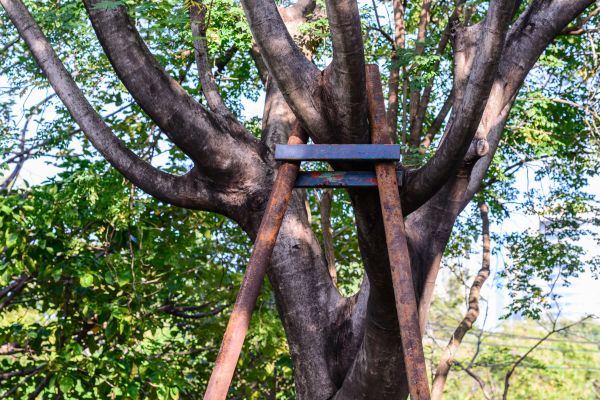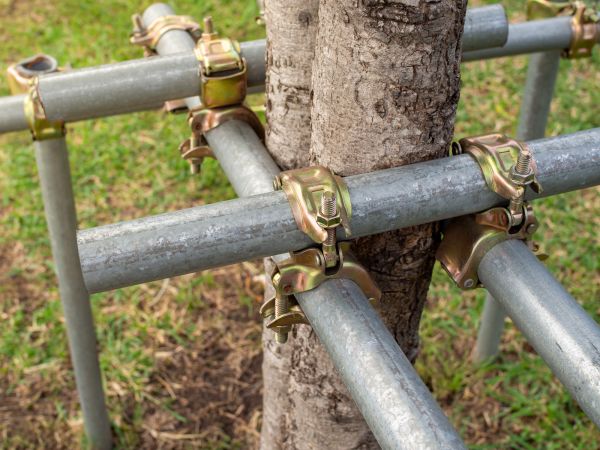Tree Stabilization Service
Affordable Tree Stabilization
Tree stabilization is a critical process that involves supporting newly planted or young trees to ensure they grow straight and strong. By using various methods such as staking, guying, or cabling, tree stabilization helps prevent damage from wind, heavy rain, or soil erosion. It is especially important for trees in exposed or windy locations, as well as for species with weak root systems. Proper stabilization not only aids in the healthy development of the tree but also enhances its aesthetic appeal and longevity, contributing to a more robust and sustainable landscape.
Benefits of Tree Stabilization
-
Enhanced Growth and Development
Tree stabilization ensures that young trees grow straight and upright, which is crucial for their structural integrity. By supporting the tree, it allows the roots to establish more effectively, leading to a healthier and more resilient tree. -
Protection from Environmental Stress
Trees are often exposed to various environmental stresses such as strong winds and heavy rainfall. Stabilization provides the necessary support to withstand these forces, reducing the risk of the tree toppling over or sustaining damage. -
Improved Safety
Unstable trees pose a risk to nearby structures and people. By securing the tree, stabilization minimizes the chances of accidents caused by falling branches or entire trees, ensuring a safer environment. -
Increased Longevity
A stabilized tree is more likely to thrive and reach maturity, providing benefits such as shade, improved air quality, and aesthetic value for many years. This investment in stabilization pays off by extending the life of the tree and enhancing its contribution to the ecosystem.
FAQs About Tree Stabilization
What is the best time to stabilize a tree?
The ideal time to stabilize a tree is immediately after planting or when you notice that an existing tree is leaning or unstable. Early intervention is key to ensuring proper growth and development.
How long should tree stabilization systems remain in place?
Tree stabilization systems should typically remain in place for one to two growing seasons. This allows the tree's root system to establish itself firmly in the soil. However, the specific duration may vary depending on the tree species and environmental conditions.
Can all trees benefit from stabilization?
While not all trees require stabilization, it can be beneficial for newly planted trees, trees in windy or exposed areas, and species with weaker root systems. Consulting with a professional can help determine if stabilization is necessary.
How do I know if my tree needs stabilization?
Signs that a tree may need stabilization include leaning, loose soil around the base, or visible root exposure. If you're unsure, it's advisable to seek a professional assessment.
Fill out the contact form to request Tree Stabilization today and enjoy the numerous benefits of professional Tree Stabilization, including enhanced growth, safety, and longevity for your trees.




